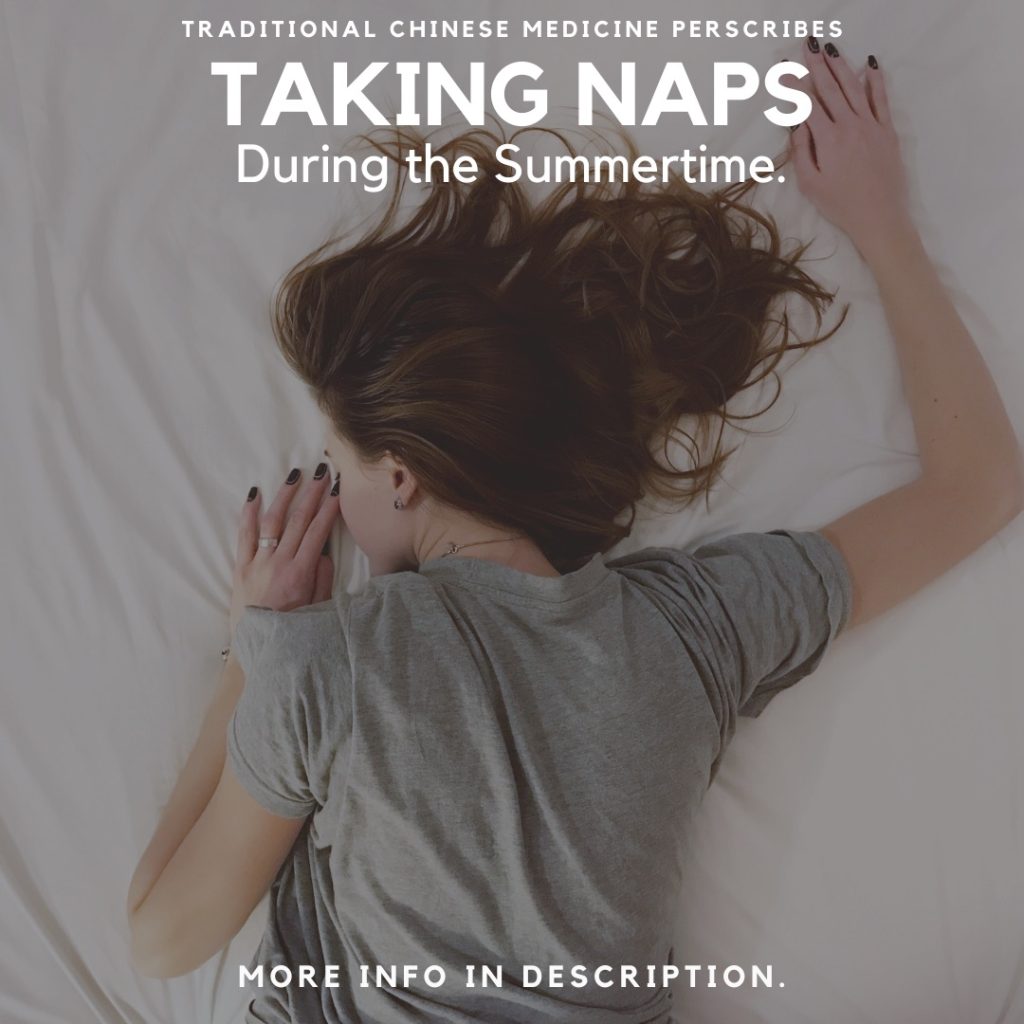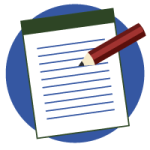- WE MOVED !!!
-
 Professional Acupuncture & Physical Therapy1118 East Superior Street
Professional Acupuncture & Physical Therapy1118 East Superior Street
Duluth, MN 55802(218) 724-3400 Clinic Hours
Mon8:00 am - 4:30 pmTue1:45 pm - 4:30 pmWed8:00 am - 4:30 pmThu8:00 am - 4:30 pmFriCLOSED
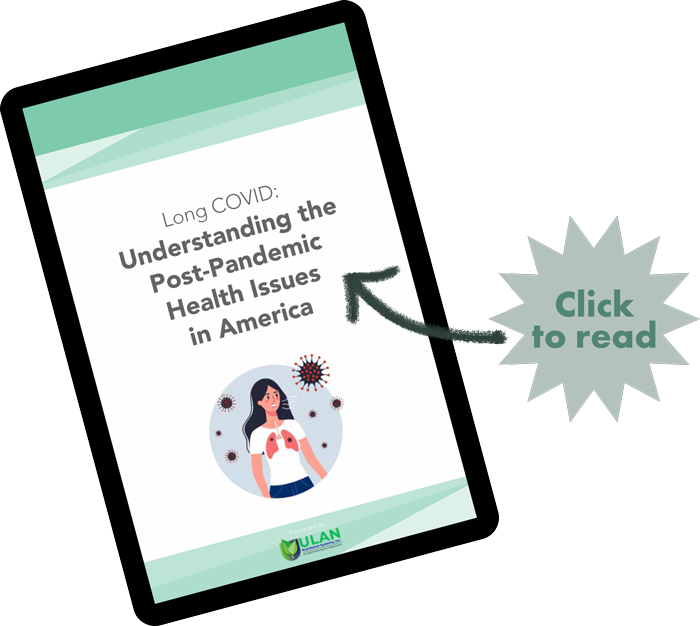
- Long Covid Booklet
Traditional Chinese Medicine
Herbal Awareness
Did you know that there are many healing herbs that have the capacity to improve your health and well-being?
You may be surprised as to which ones they are, and what they can help with. Check out these recipes along with their powerful herbs:
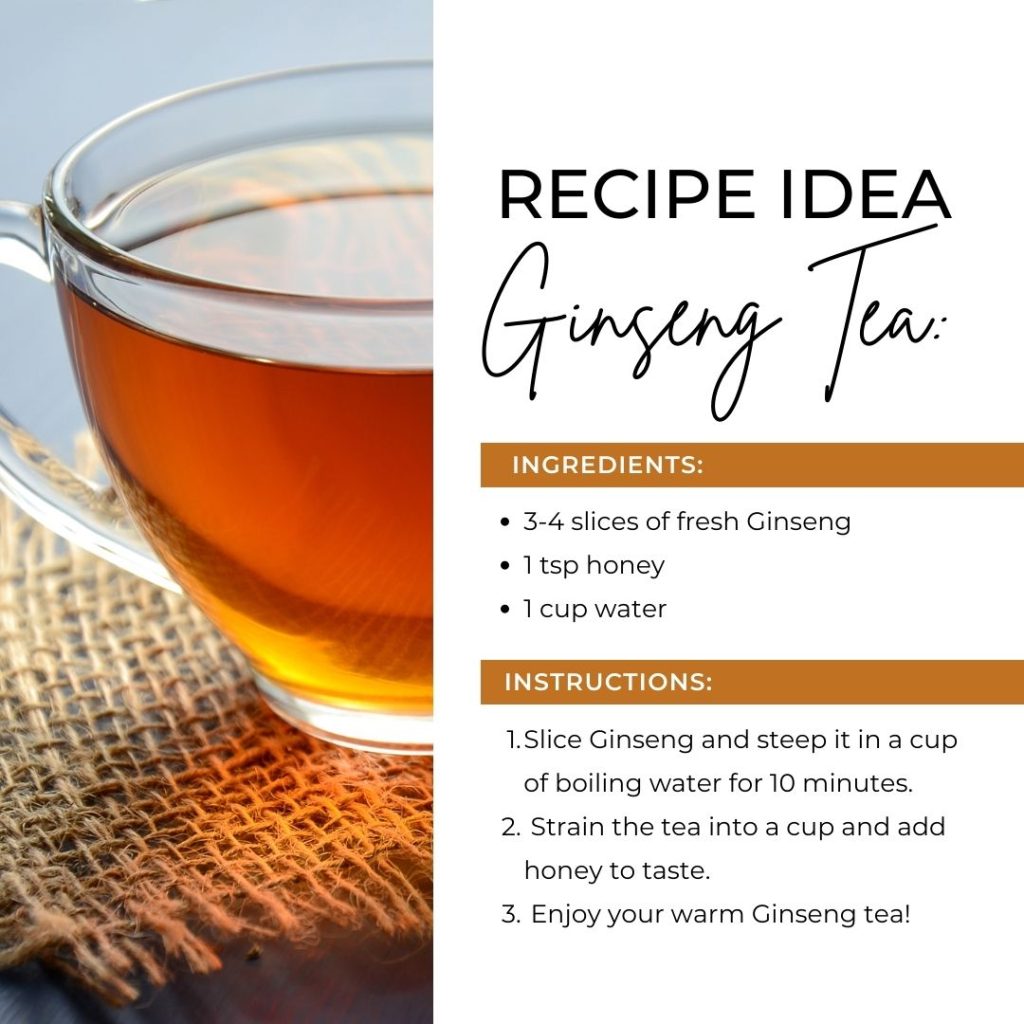 Ginseng (Ren Shen)
Ginseng (Ren Shen)
Get energized with Ginseng! This powerhouse herb is known to boost your energy and lower your stress.
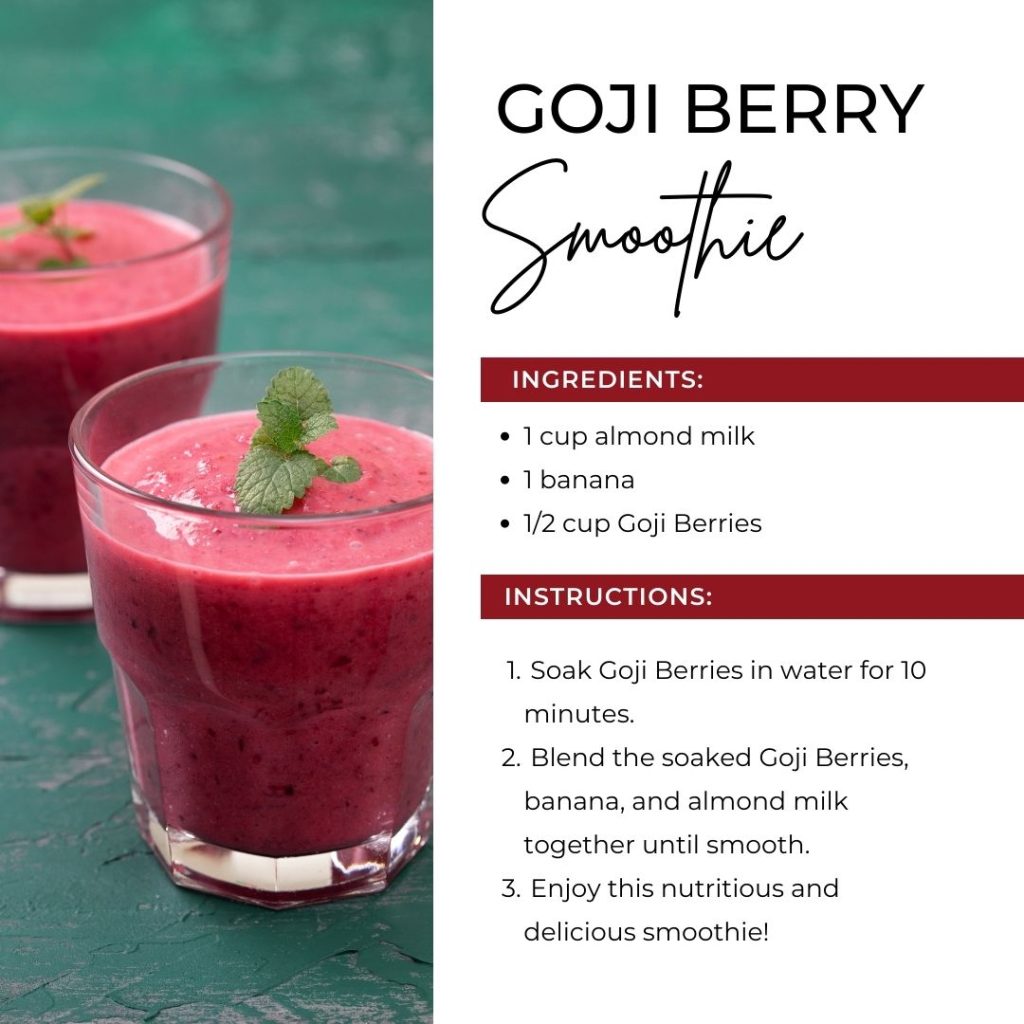 Goji Berries (Gou Qi Zi)
Goji Berries (Gou Qi Zi)
Ever tried Goji berries? These tiny berries pack a powerful punch, boosting your immune system and promoting eye health.
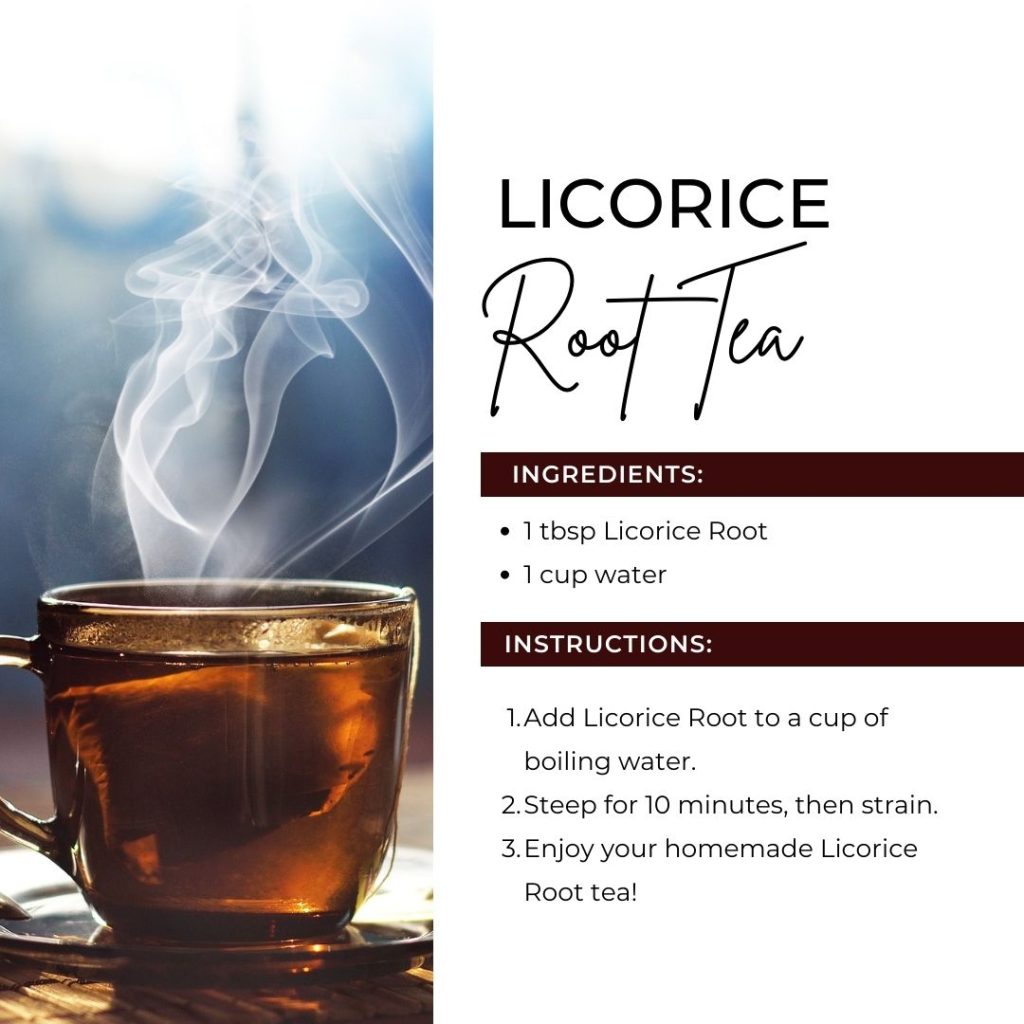 Licorice Root (Gan Cao)
Licorice Root (Gan Cao)
Embrace the Licorice Life! Not just a sweet treat, Gan Cao has been used in Chinese medicine to soothe the stomach and cleanse the respiratory system. Do you use Licorice Root in your daily regimen?
 Astragalus (Huang Qi)
Astragalus (Huang Qi)
Meet Astragalus, your immune system’s best friend. This healing herb is used to fight off stress and diseases.
 Peony Root (Bai Shao)
Peony Root (Bai Shao)
Who knew the beautiful Peony also has healing powers? Used for its anti-inflammatory properties, this root is a must-have in your wellness routine.
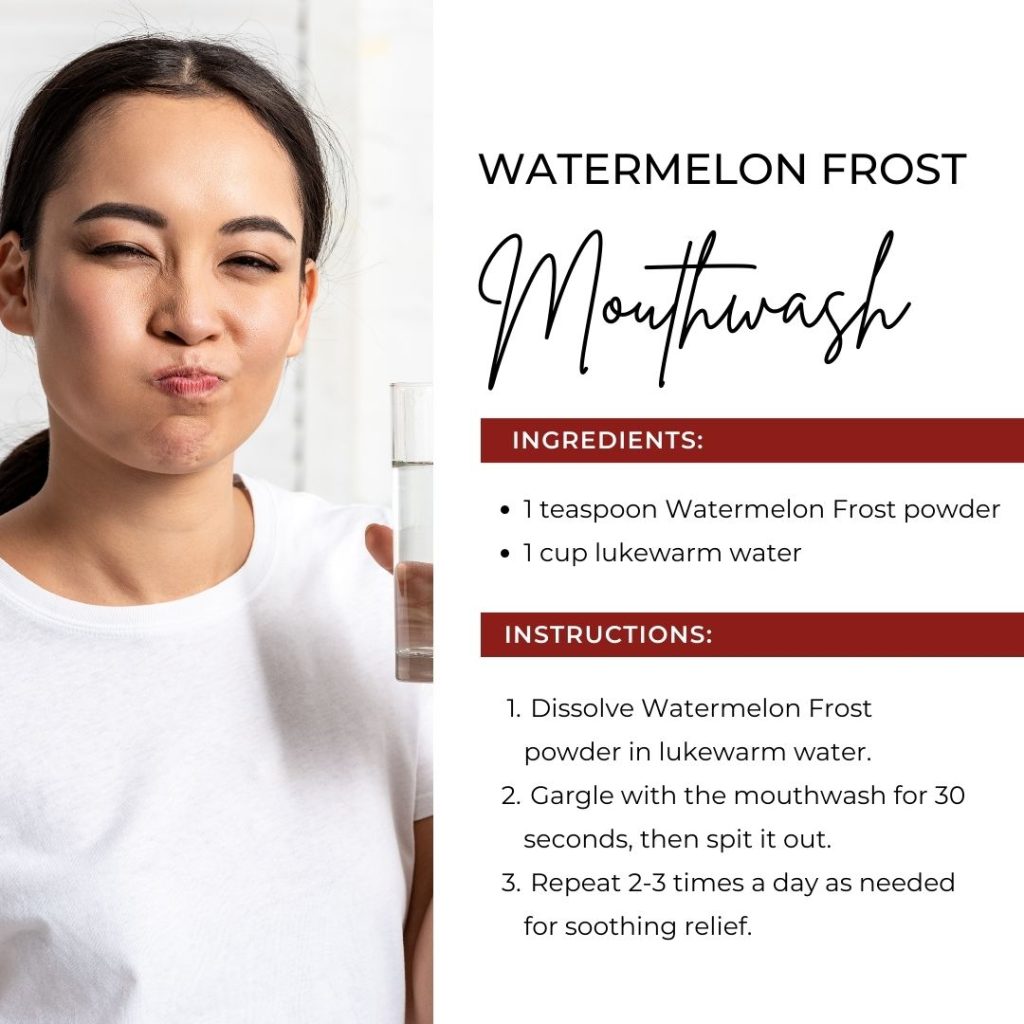 Watermelon Frost
Watermelon Frost
Say goodbye to pesky mouth ulcers with Watermelon Frost! This cooling herbal remedy soothes and heals, providing instant relief. Have you tried the magic of Watermelon Frost?
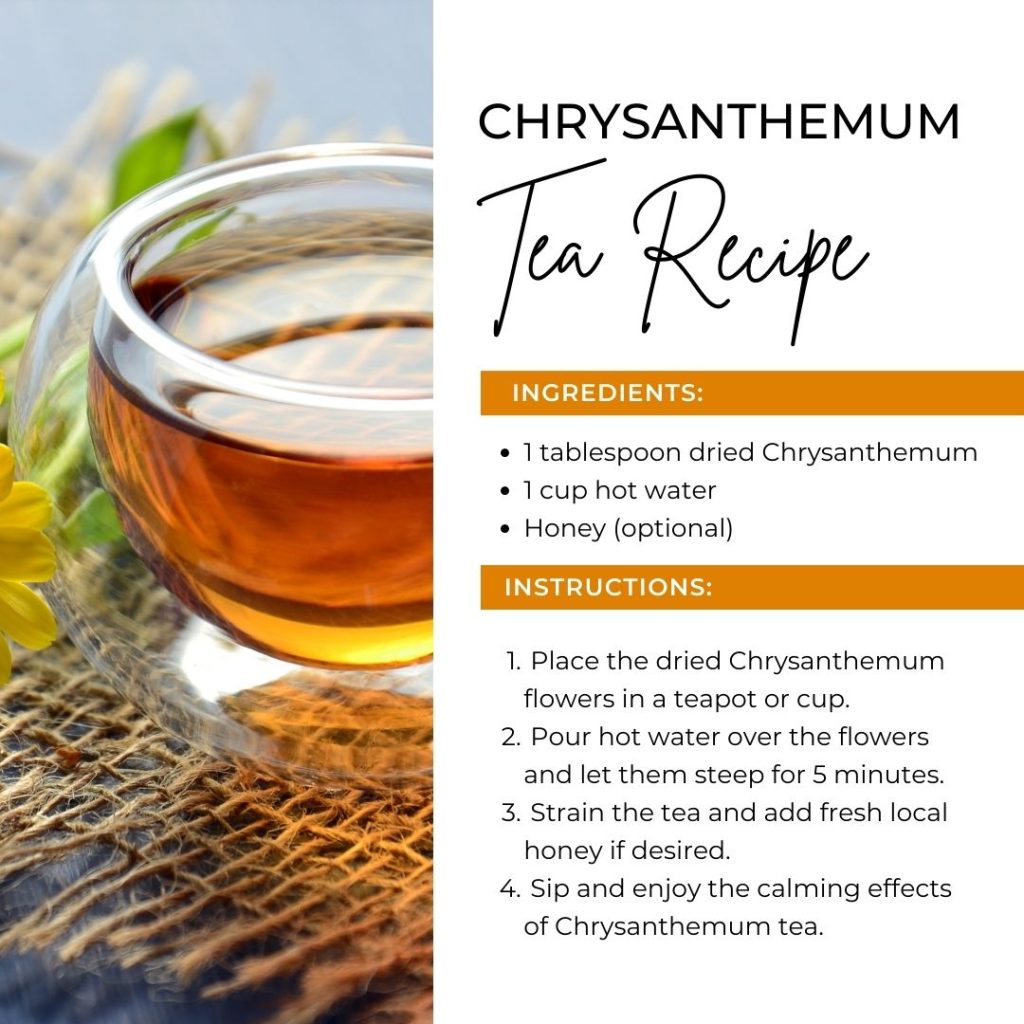 Chrysanthemum
Chrysanthemum
Relax and unwind with a cup of Chrysanthemum tea! This delicate flower brew promotes calmness, reduces inflammation, and supports eye health. How do you enjoy the serenity of Chrysanthemum?
 Honeysuckle
Honeysuckle
Unveil the beauty secrets of Honeysuckle! This aromatic herb has been used for centuries to soothe the skin, reduce inflammation, and promote a radiant complexion. Have you tried Honeysuckle in your skincare routine?
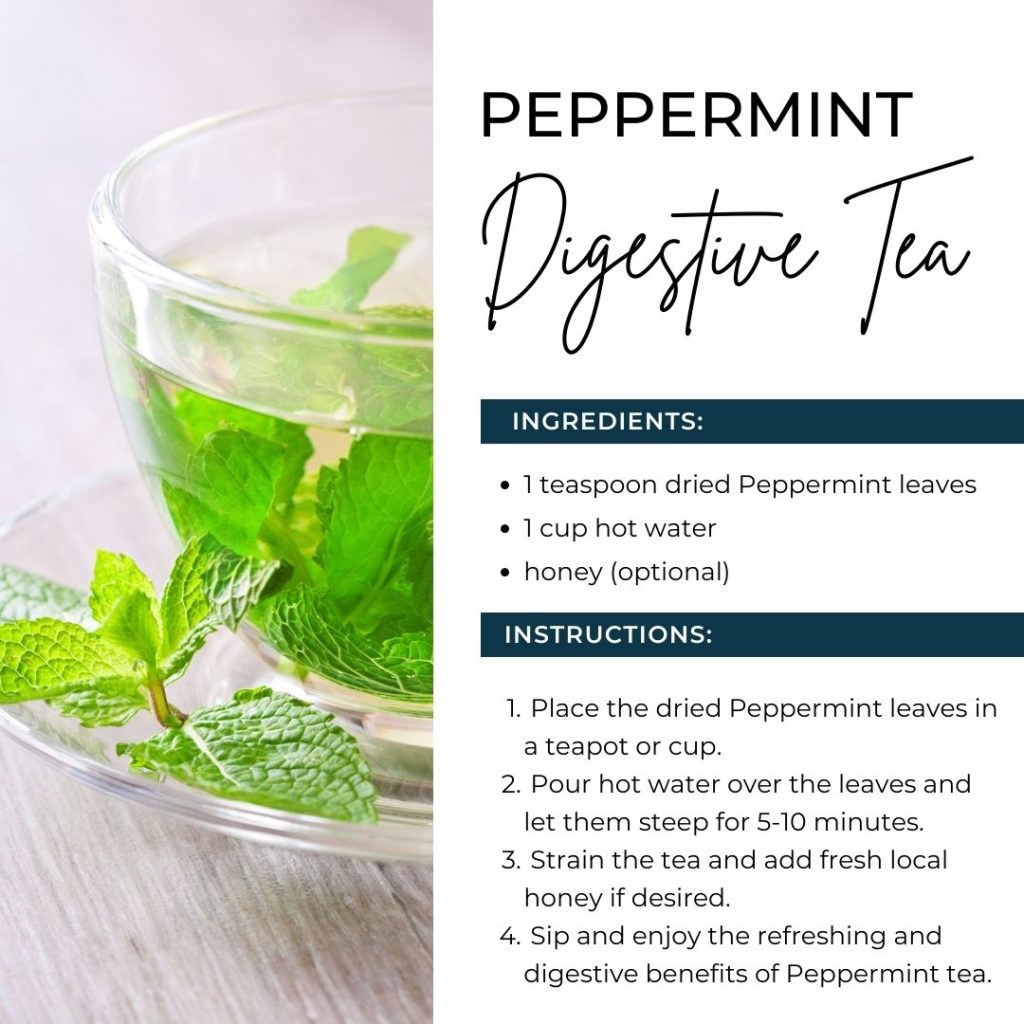 Peppermint
Peppermint
Experience the invigorating power of Peppermint! This cooling herb helps ease digestion, relieves headaches, and freshens breath. How do you enjoy the refreshing benefits of Peppermint?
Summertime Naps
Did you know that you don’t have to completely fall asleep to gain the benefits of taking a nap? If you spend your power-nap duration of 20 minutes just lying on the couch with your eyes closed, your body will still effectively and safely lower it’s blood pressure. This will also reduce stress levels that your body may be experiencing. So if you can’t seem to drift off like you were hoping to, don’t worry- your body is still recharging!
Also did you know that taking a nap can also help with your productivity?
If you need help to brush up on your sleep, we may be able to help. Call us at (218) 724-3400 to schedule an appointment with Heidi in Duluth Minnesota.
We are having a Moving SALE
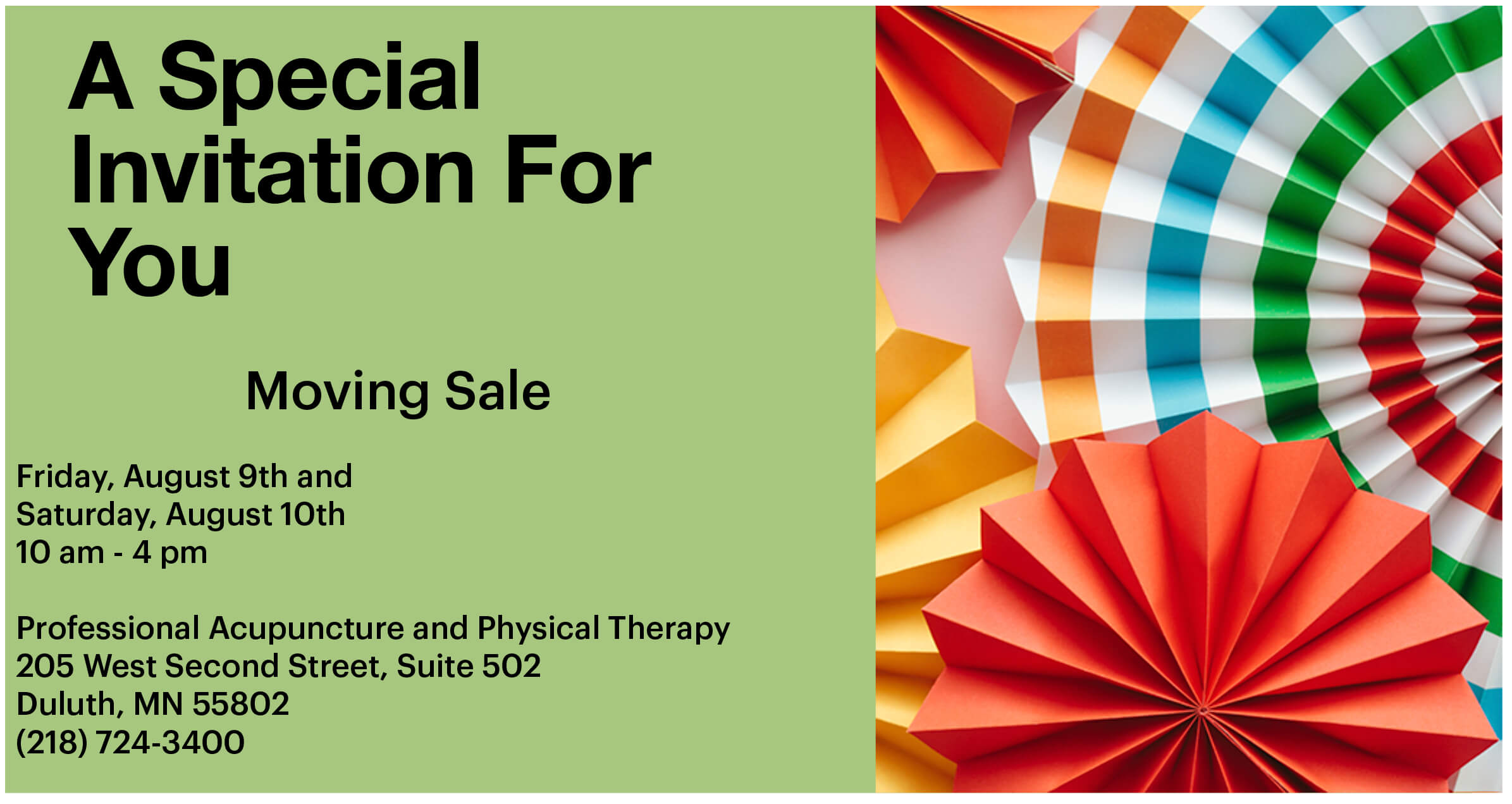
Please join us for this unique event
In preparation for moving to our new office later in August, we’re downsizing and having a moving sale – and you’re invited!
Friday, August 9th and Saturday, August 10th
10 am – 4 pm
Click Here For More Info
Our New Address
Are You a Wizard? Summer is Your Time to Shine!
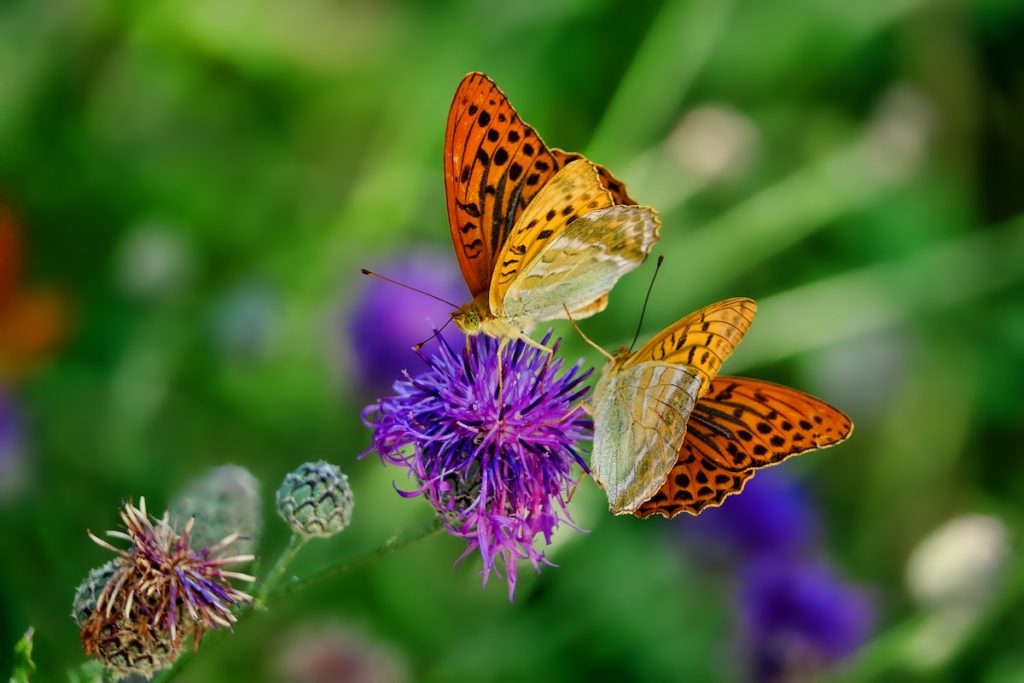 As the seasons change, so does the type of energy that influences the earth. Chinese medicine explains the cycle of the different aspects of the universal energy, or qi, in terms of 5 elements. These 5 elements are Fire, Earth, Metal, Water and Wood. Each element is associated with a season and a personality-type that embodies the energy of that element.
As the seasons change, so does the type of energy that influences the earth. Chinese medicine explains the cycle of the different aspects of the universal energy, or qi, in terms of 5 elements. These 5 elements are Fire, Earth, Metal, Water and Wood. Each element is associated with a season and a personality-type that embodies the energy of that element.
The Elements and their associated season and archetype are:
Fire: Summer / The Wizard
Earth: Late Summer or the Transitional Time Between Seasons/ The Peacemaker
Metal: Fall / The Alchemist
Water: Winter / The Philosopher
Wood: Spring / The Pioneer
As we approach summer, the season of the fire element, notice how the energy on earth gets brighter, more expressive. It naturally gets hotter, thanks to the proximity of the great fire in the sky, and it draws people outside and together. There is a sense of vibrancy that is awakened in us during this time.
The Wizard is the embodiment of this energy: colorful, enchanting, expressive, full of enthusiasm and an appetite for life. She is a magnetic speaker. He is an enchanting leader who leads from the heart. They are teachers, visionaries, and they possess magic.
Are you a wizard? Here are some questions to help answer that…
- Do you believe in Magic?
- Do you consider yourself intuitive?
- Are you a natural leader?
- Do you love to engage an audience (or a few friends)?
- Do you wear your heart on your sleeve?
- Do you crave intimacy and passion?
- Are you energetic/playful?
- Do others sometimes have difficulty keeping up with you?
If you answered yes to any of these, you have at least a little wizard in you. We all have some features of each elemental energy, some more than others. If you answered yes to all of these, you’re a bright fiery wizard!
As it is the central philosophical foundation of Chinese Medicine, the importance of balance can never be understated. A fire can provide comfort and warmth or it can be disastrous and destructive. Signs of a fire burning too strong are excess perspiration, inability to rest, excessive talking, fast heartbeat, high blood pressure, red face, rashes, cramps, issues with blood circulation and even the actual enlargement of the heart organ itself from overexertion. If this excess fire is not kept in check, it will inevitably lead to burn-out and a complete reversal of what we know to be associated with fire. Signs of a burnt-out wizard are someone that is nervous and withdrawn, or easily startled.
The unregulated desire to share oneself can lead to a loss of boundaries, which can lead to a loss of self. The beautiful fire of creativity and expression can thus turn into ashes of desolation and voicelessness. We can think of someone like Robin Williams as an example of a wizard who experienced both extremes of the fire-type personality. He shared his powerful magic with the world but also suffered from depression and isolation.
Some general but important reminders to help keep your fire in balance:
- Celebrate your inner wizard! Allow yourself time for the pursuit of pleasure.
- Stay hydrated, avoid overindulging in spicy foods and stimulants.
- Avoid over-excitement and over-exertion, Make time for rest and solitude.
- Maintain appropriate physical, emotional and spiritual boundaries.
- Cultivate a peaceful spirit, tranquil mind, and harmonious heart. (Meditation is a great cultivation tool.)
Throw in a little self-love and gratitude ….. and you’ll really be stirring your magic. .
